The Small Museum Toolkit, Book 5
AMERICAN ASSOCIATION FORSTATE AND LOCAL HISTORY BOOK SERIES
Series Editor
Russell Lewis, Chicago History Museum
Editorial Advisory Board
Norman O. Burns, II, Maymont Foundation
Garet D. Livermore, New York State Historical Association
Brenden Martin, Middle Tennessee State University
Thomas A. Mason, Indiana UniversityPurdue University Indianapolis
Eloise Scroggins, Indiana Historical Society
Ellen Spear, Hancock Shaker Village, Inc.
Ann Toplovich, Tennessee Historical Society
Barbara B. Walden, Community of Christ Historic Sites Foundation
Staff
Bob Beatty, AASLH
Marissa Parks, AltaMira Press
About the Series
The American Association for State and Local History Book Series publishes technical and professional information for those who practice and support history, and addresses issues critical to the field of state and local history. To submit a proposal or manuscript to the series, please request proposal guidelines from AASLH headquarters: AASLH Book Series, 1717 Church St., Nashville, Tennessee 37203. Telephone: (615) 320-3203. Fax: (615) 327-9013. Website: www.aaslh.org.
About the Organization
The American Association for State and Local History (AASLH), a national history organization headquartered in Nashville, TN, provides leadership, service, and support for its members, who preserve and interpret state and local history in order to make the past more meaningful in American society. AASLH is a membership association representing history organizations and the professionals who work in them. AASLH members are leaders in preserving, researching, and interpreting traces of the American past to connect the people, thoughts, and events of yesterday with the creative memories and abiding concerns of people, communities, and our nation today. In addition to sponsorship of this book series, the Association publishes the periodical History News , a newsletter, technical leaflets and reports, and other materials; confers prizes and awards in recognition of outstanding achievement in the field; and supports a broad education program and other activities designed to help members work more effectively. To join the organization, go to www.aaslh.org or contact Membership Services, AASLH, 1717 Church St., Nashville, TN 37203.
The Small Museum Toolkit, Book 5
Interpretation: Education, Programs, and Exhibits
Edited by Cinnamon Catlin-Legutko and Stacy Klingler
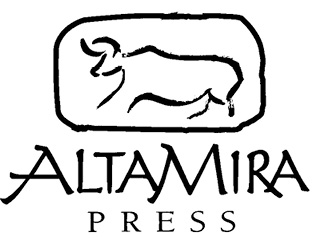
A division of
Rowman & Littlefield Publishers, Inc.
Lanham New York Toronto Plymouth, UK
Published by AltaMira Press
A division of Rowman & Littlefield Publishers, Inc.
A wholly owned subsidiary of The Rowman & Littlefield Publishing Group, Inc.
4501 Forbes Boulevard, Suite 200, Lanham, Maryland 20706
http://www.altamirapress.com
Estover Road, Plymouth PL6 7PY, United Kingdom
Copyright 2012 by AltaMira Press
All rights reserved . No part of this book may be reproduced in any form or by any electronic or mechanical means, including information storage and retrieval systems, without written permission from the publisher, except by a reviewer who may quote passages in a review.
British Library Cataloguing in Publication Information Available
Library of Congress Cataloging-in-Publication Data
The small museum toolkit. Book 5, Interpretation : education, programs, and exhibits / edited by Cinnamon Catlin-Legutko and Stacy Klingler.
p. cm. (American Association for State and Local History book series)
Includes bibliographical references and index.
ISBN 978-0-7591-1952-9 (cloth : alk. paper) ISBN 978-0-7591-1339-8 (pbk. : alk. paper) ISBN 978-0-7591-1346-6 (electronic)
1. Small museumsExhibitions. 2. Communication in museums. 3. Interpretation of cultural and natural resources. I. Catlin-Legutko, Cinnamon. II. Klingler, Stacy, 1976 III. Title: Interpretation.
AM125.S63 2012
069.5dc23 2011028448
 The paper used in this publication meets the minimum requirements of American National Standard for Information SciencesPermanence of Paper for Printed Library Materials, ANSI/NISO Z39.48-1992.
The paper used in this publication meets the minimum requirements of American National Standard for Information SciencesPermanence of Paper for Printed Library Materials, ANSI/NISO Z39.48-1992.
Printed in the United States of America
Editors Note
Small museums are faced with the enormous task of matching the responsibilities of a large museumplanning strategically, securing and managing human and financial resources, providing stewardship of collections (including historic buildings) as well as excellent exhibitions, programs, and publications, and responding to changing community and visitor needsall with more limited human and financial resources. Small museum staff (paid or unpaid) often fulfill key responsibilities outside their area of expertise or training.
We recognize that small museum staff lack time more than anything. To help you in the trenches, we offer this quick reference, written with your working environment in mind, to make the process of becoming a sustainable, valued institution less overwhelming.
The Small Museum Toolkit is designed as a single collection of short, readable books that provides the starting point for realizing key responsibilities in museum work. Each book stands alone, but as a collection they represent a single resource to jump-start the process of pursing best practices and meeting museum standards.
If you are new to working in museums, you may want to read the entire series to get the lay of the landan overview of what issues you should be aware of and where you can find resources for more information. If you have some museum training but are now responsible for more elements of museum operations than in your previous position, you may start with just the books or chapters covering unfamiliar territory. (You might be wishing you had taken a class in fundraising right about now!) As you prepare to tackle new challenges, we hope that you will refer back to a chapter to orient yourself.
While any chapter can be helpful if read in isolation, we suggest that you start with the first book, Leadership, Mission, and Governance , and look at the issues of mission, planning, and assessment. You will find that almost every chapter asks you to consider its subject in light of your mission and make decisions based on it. As you begin to feel overwhelmed by all the possible opportunities and challenges you face, assessment and planning will help you focus your scarce resources strategicallywhere you need them the most and where they can produce the biggest impact on your organization. And this book offers tips for good governancedefining the role of a trustee and managing the director-trustee relationship. Understanding this relationship from the outset will prevent many headaches down the road.
Financial Resource Development and Management offers you direction about how to raise and manage money and stay within your legal boundaries as a nonprofit. How to manage resources, human and inanimate, effectively and efficiently is discussed in Organizational Management . Reaching and Responding to the Audience encourages you to examine your museum audiences and make them comfortable, program to their needs and interests, and spread the word about your good work.
The remaining two books explore the museum foundational concepts of interpretation and stewardship in a small museum setting. Interpretation: Education, Programs, and Exhibits considers researching and designing exhibits and best practices for sharing the stories with your audiences. Stewardship: Collections and Historic Preservation rounds out the six-book series with an in-depth look at collections care, management, and planning.

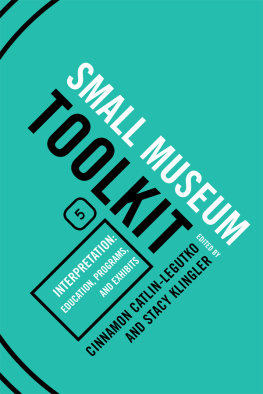

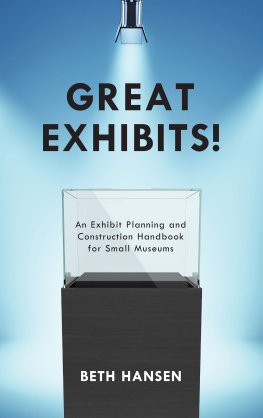
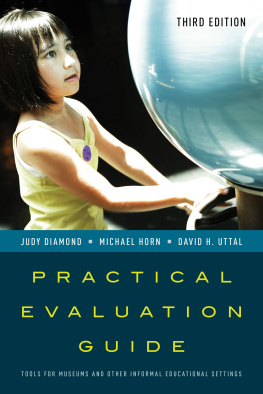
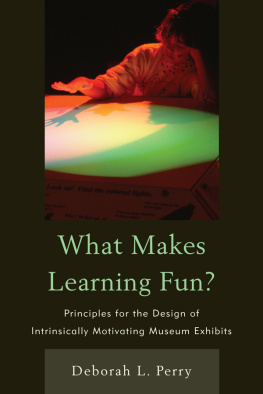
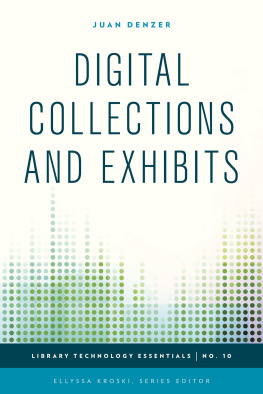

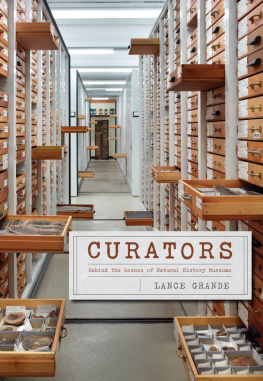

 The paper used in this publication meets the minimum requirements of American National Standard for Information SciencesPermanence of Paper for Printed Library Materials, ANSI/NISO Z39.48-1992.
The paper used in this publication meets the minimum requirements of American National Standard for Information SciencesPermanence of Paper for Printed Library Materials, ANSI/NISO Z39.48-1992.